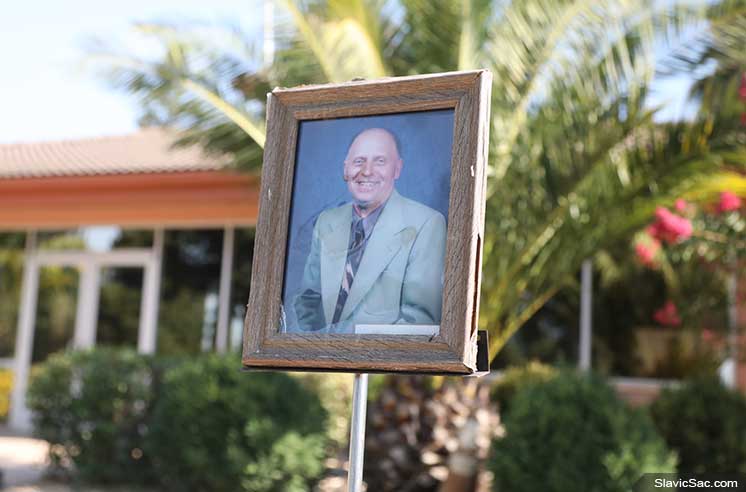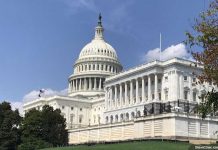As a religious refugee from one of the former Soviet Union republics – Belarus, in 2001 I arrived in California and, a few years later, I entered the Fresno Pacific University at the Faculty of Psychology. When enrolling in this state-accredited Christian university, as an immigrant, I was expected to be entitled to a substantial discount on tuition fees, as well as some benefits. Without a job and sufficient funding (it was a full-time study), like millions of other American students, I was forced to apply for a loan from one of the credit organizations, which later was accused in deceptive lending practices in several States.
In fact, the loan coverage included tuition fees, accommodation, meals on campus, and, of course, expensive textbooks that had to be purchased almost every semester. Lacking the appropriate finance, being a young and inexperienced immigrant, not knowing English and not being aware of the capitalism structure of the American economy, I decided to sign a contract with a credit institution.
But I never got to finish my studies – I attended the University during the day and worked hard at night to support my existence. As a result, I had to give up my education and fully focus on financial support of myself.
Special attention should be paid to the recruiters of this Christian higher educational institution, who constantly ply the Slavic churches across the U.S., recruiting future students among inexperienced immigrant youth. They not only consistently promised a fortune after graduation, but tirelessly advertised benefits of studying at the Christian university, as well as endless discounts and grants (many of which never reached the students).
In my case the situation turned out to be not so deplorable – I just owed the state a couple of thousand dollars, but some of my immigrant fellows owed $50-60, or even $80 thousand for studying in other Californian universities. Not having received the appropriate job and not having any other good source of livelihood, some of them found themselves at a low point of life and now are languishing.
As the Democratic administration got to power in Washington, D.C., the calls to forgive student loans sound clearer throughout the United States, according to former students, unfairly hung on them by greedy university administrations and credit institutions. The other day on the air of the non-profit organization Ethnic Media Services, Ro Khanna, congressman from the House of Representatives, who represents California’s 17th Congressional District, confirmed the right of President Biden to join the fight for financial freedom of debtor students: “American who are making less than $125,000 a year, we need to forgive those loans and we have the capacity to forgive those loans. The president has the power”.
According to the Congressman, canceling student debt to the debtors will cost the U.S. Government over $1 trillion dollars. The politician proposes to take the corresponding budget from a fund that will be formed as a result of the STOP CHEATERS ACT (Stop Corporations and Higher Earners from Avoiding Taxes and Enforce Rules Strictly (CHEATERS) – Act to bring back tax enforcement on the ultra-rich aims to make ultra-rich corporations pay their fair share) submitted to Congress in February this year.
As for now, President Biden is willing to forgive as far as $10,000 in debt, not $50,000, as suggested by some of the activists. The fact is that, according to Joseph Biden, the forgiveness of serious debts “will give disproportionate preferences to ultra-rich Americans,” while forgiving relatively small amounts will significantly help the poor.
California resident Andrea Campos was learning Criminal Law at Heald College in Northern California, but after a scandal of deceiving future students, the college went out of business and left her with $13,000 in debt and financial uncertainty.
“Due to my debt and bad credit history, I didn’t get a job on my field and I could not get a bank car loan and credit cards,” said Andrea Campos.
Gabriel Stewart, another former college student in San Jose, shared a similar experience, he said about his student debt of $52,000. After graduation, Gabriel got married and his wife’s student debt was also added to the expenses of the young family. And this is all on top of other loans and credit card debts. Soon their son was born and the family had to live in one room with a newborn child. As a result, the quality of life of a married couple has significantly deteriorated, since all of their money are going to pay off debts.
“It’s a constant stress when you can’t relax and feel free even for a second,” Stewart says.
US student loan debt has grown rapidly since 2006. In 2019, the debt was about $1.6 trillion, which is about 7.5% of the country’s GDP. American politicians have recognized the rise in student loan debt as a crisis. Former Secretary of education Betsy DeVos said the Federal Student Aid portfolio “accounts for nearly 10% of our nation’s debt.” About 45 million people have student loan in debts. In 2018, a borrower owed an average of $37,172, which is $20,000 more than in 2005.




